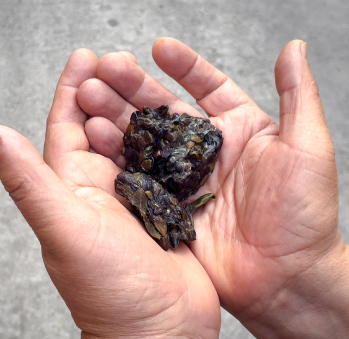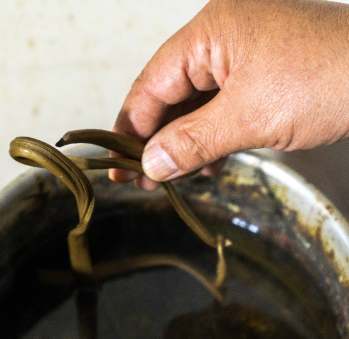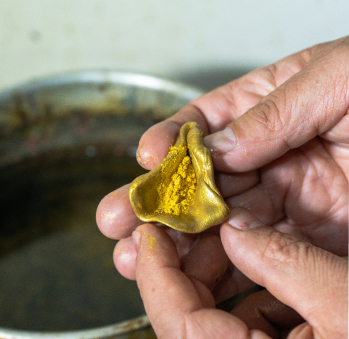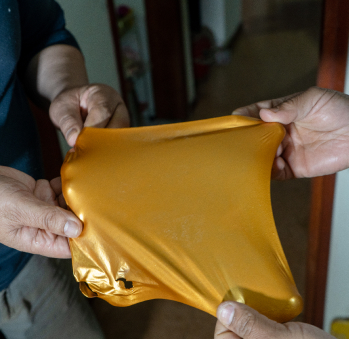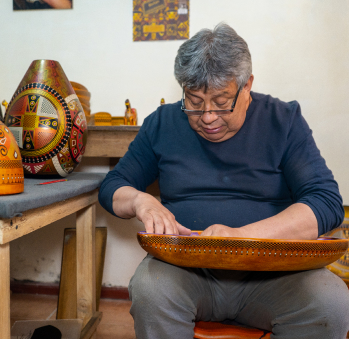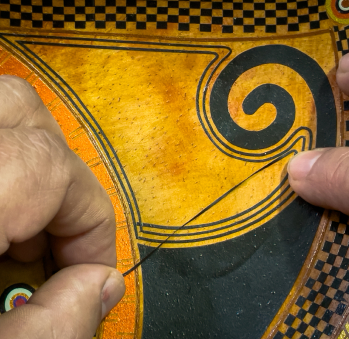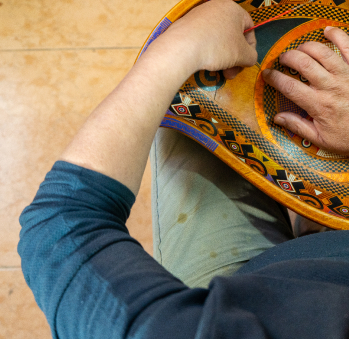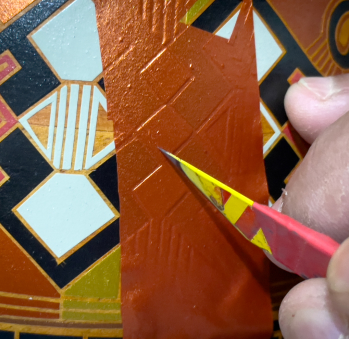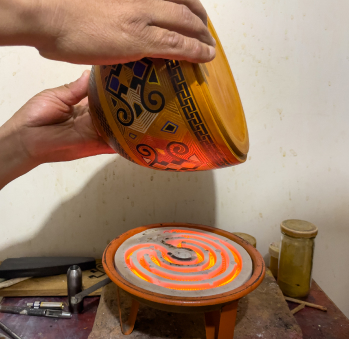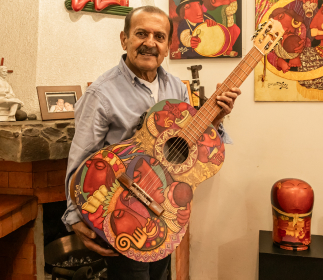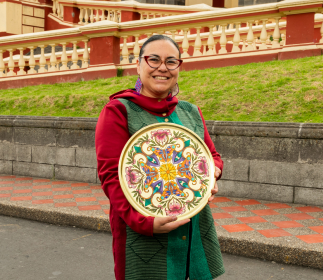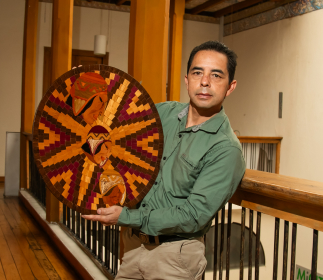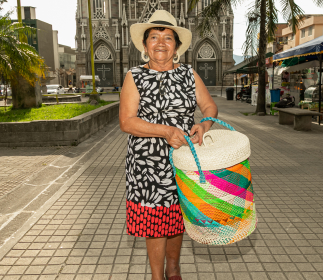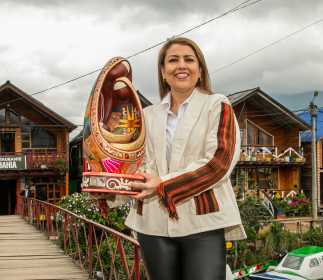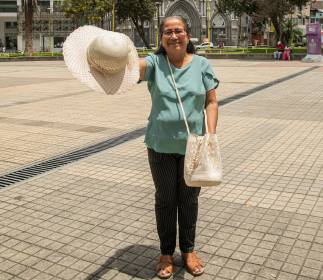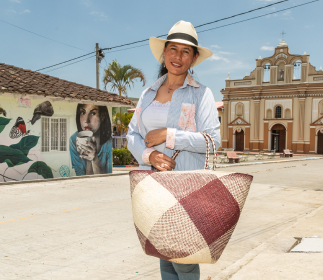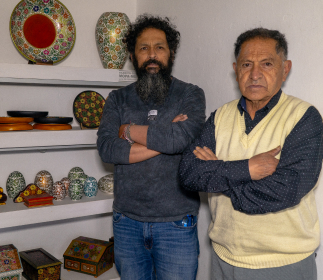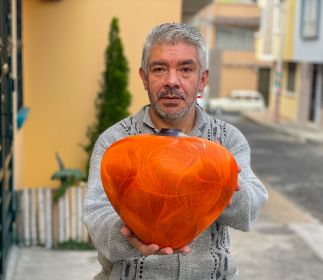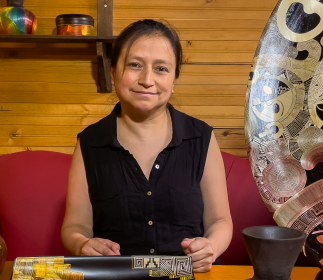Jesús Ceballos
SCHEDULE YOUR VISIT
Manzana 11 casa 7 Quintas de San Pedro
3006925650
barniz_arte@hotmail.com
He set a goal out for himself, and he achieved it. He proved that he could preserve a tradition without having to be tied to it by blood. This personal crusade of his has been long and arduous —it has lasted over half a century—, but it has definitely paid off. He is a blue-collar worker from the Obrero neighborhood in Pasto. He was good at drawing when he was in school but did not have enough money or the sponsors necessary to further develop his skill. At the age of ten, he started getting familiar with the Pasto varnish craft, a trade that has since been included in the UNESCO’s List of Intangible Cultural Heritage of Humanity.
These first steps, however, were not easy at all. He and 12 other workers —workshops at the time were enormous— had to prepare wood with glue so that craftsmen and their apprentices could later practice their trade. He still remembers the stench of the cowhide glue they had to use. It was cooked in huge pots and made into a sort of gelatin with which they later coated pieces of wood. Said pieces would be later covered with the mopa-mopa resin, which produced a viscous texture on the wood’s surface on top of which the craftsperson drew.
That is what Jesús had to do: coat wooden pieces with cowhide glue and water, and, later, with sand. In his own words, “people could smell you from one block away.” He says this filled with gratitude because, eventually, the cowhide glue in question was replaced by an industrial glue that slightly improved their quality of life. As a worker, he could not touch the wares or receive any sort of training. Thus, he spent six years of his life watching how the grown-ups performed their craft. Sometimes, at the risk of being punished, he stole small pieces of varnish, took the master’s knife, and tried to shape tiny figurines. He joyfully remembers the time when he decorated his spinning top as a child.
This is the way he mastered his skills: life was his teacher. He speaks confidently about what he learned during those years. Although this was a time of distress and hurt, he grasped how to truly appreciate the trade and became strong enough to endure any hardship. Today, he can see the advantages that starting from where he did gave him. He understands the craft’s processes from top to bottom and is familiar with wood finishes, which are key factors in identifying the quality of varnished wares. He established his school keeping all of this in mind. He believes that the only way of passing on this tradition to the younger generations is by cultivating within them an unrelenting dedication to the craft.
His contribution to the trade, aside from his mastery of the technique, has consisted of finding ways to combine the region’s pre-Columbian heritage with more modern customs and approaches to the craft. His wares recount foundational myths that speak of the sun, and the sowing and harvesting seasons. They also portray women as complete rhombuses because these shapes represent perfection. For him, the boundaries between craftsmanship and art are blurry. He knows that each one of his wares is loaded with messages and energies. Everything has a meaning. He has been uncovering this truth for as long as his journey as a craftsman has lasted: everything exists for a reason. This is what he captures in every one of his pieces.
Craft
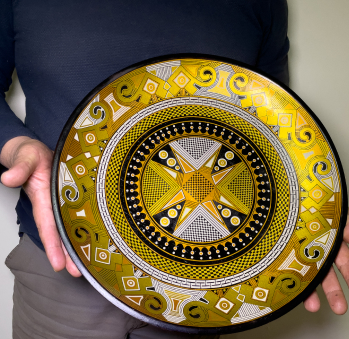
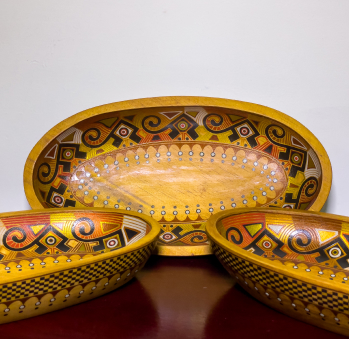
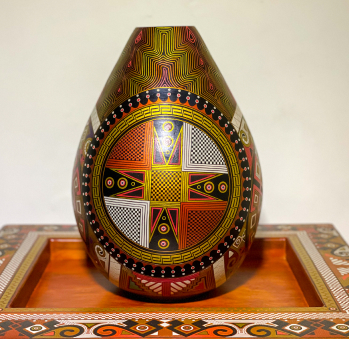





Artisans along the way
Artisans along the way
No puede copiar contenido de esta página









































